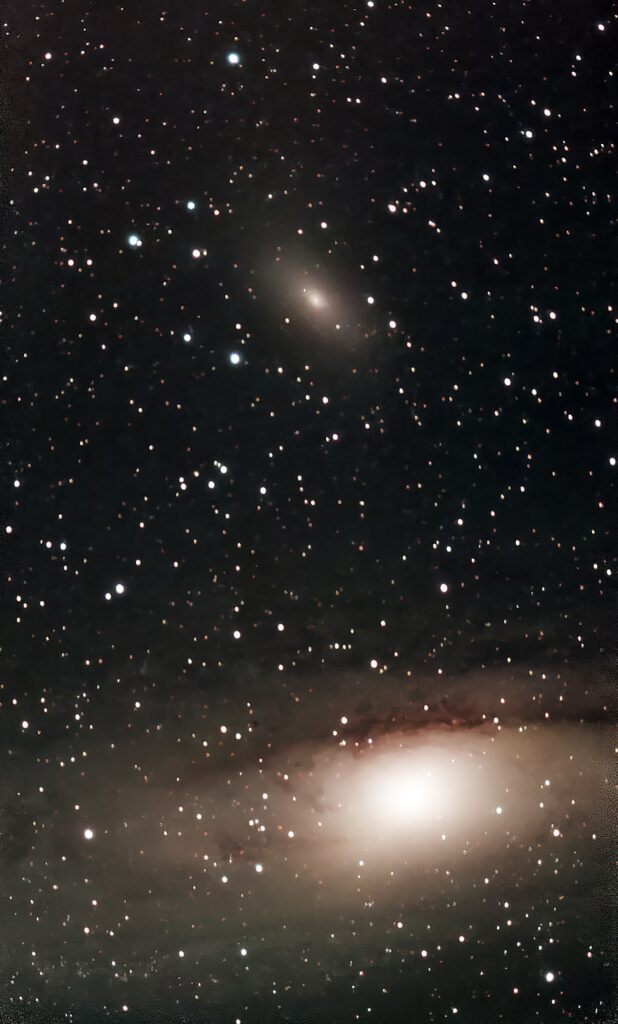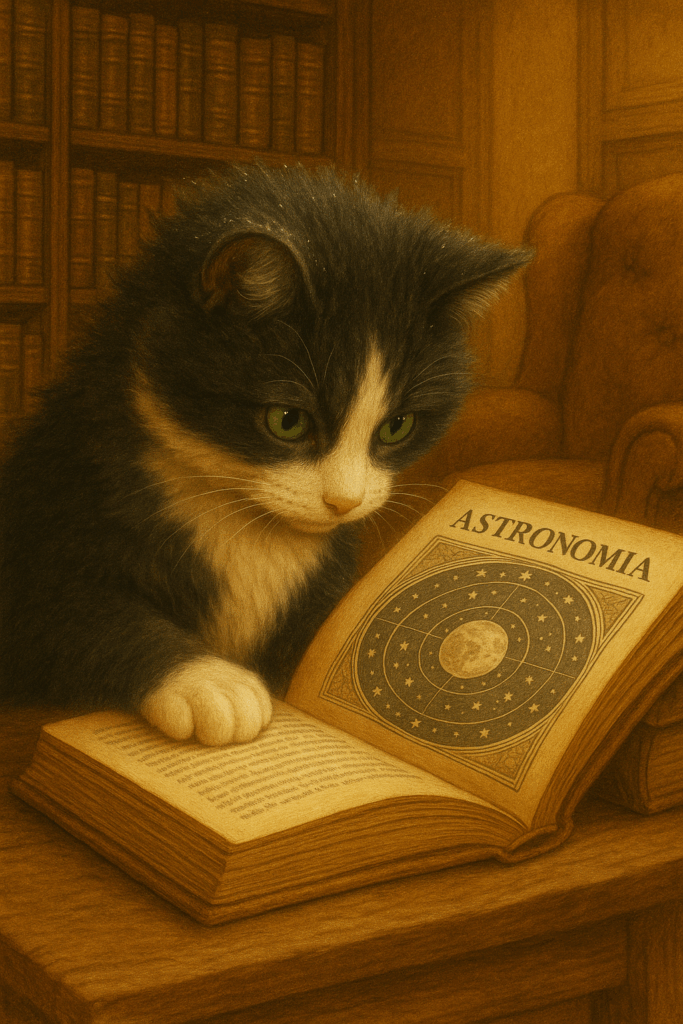Figure 1 – The Andromeda Galaxy, Messier 31 and her companion galaxy Messier 33 22 min Image taken with SeeStar 50s and shows the difficult in encompassing such a large object without tiling. (c) DE Wolf 2024
The classic approach to amateur astronomy was to get a decent telescope and examine the various wonders of the celestial spheres. The operative word was “slowly.” Disappointingly, except for the moon and the planets, these wonders were all little, medium and big fuzzies! This has been changing with the revolution in smart telescopes, where you can integrate the image from these fuzzies with time to reveal not only structure but color.
It is not surprising however, thst eighteenth and nineteenth century astronomers mistook many of the deep-sky objects, galaxies, and nebulae, for comets. As a result, there was increasing need for catalogues of these deep-sky fuzzies. These catalogues each have an identifying acronym, seemingly designed (?) to confuse the neophyte.
The most famous early compilation of deep sky objects is the Messier Catalogue, the M numbers, named after French astronomer, Charles Messier. Ultimately, Messier created a list of over 100 such objects, published in 1774.
Messier’s catalogue included objects like:
- M1 (The Crab Nebula) – the remnant of a supernova explosion.
- M31 (The Andromeda Galaxy) – a massive spiral galaxy and our closest galactic neighbor.
- M42 (The Orion Nebula) – a stellar nursery.
As telescopes improved, the limits of Messier’s list quickly became apparent, and in the late 19th century, John Louis Emil Dreyer, a Danish-Irish astronomer, compiled the New General Catalogue (NGC) of over 7,800 objects, which was published in 1888 and became the new standard for deep sky observation.
After publishing the New General Catalogue (NGC) in 1888, John Louis Emil Dreyer continued to compile observations from both professional astronomers and improved telescopes. The result was two supplementary volumes known as the Index Catalogue (IC):
Together, the NGC and IC form one of the largest and most enduring astronomical cataloguing efforts, standing the test of time through continued validation and cross-referencing in modern sky survey.
In 1995, renowned British astronomer and popularizer, Sir Patrick Moore, introduced the Caldwell Catalogue, a supplement to the Messier list designed to help amateur astronomers. Unlike Messier’s list, the Caldwell Catalogue intentionally included both Southern Hemisphere objects (e.g., the Omega Centauri globular cluster). and brighter, visually stunning objects that Messier missed. The Caldwell Catalogue contains 109 entries, each labeled C1 to C109, chosen for their observational value through small to mid-size telescopes.
There are several other catalogues that you might come across. These include:
- Sharpless Catalogue – A list of H II regions (emission nebulae).
- Herschel 400 – A list based on observations by William and Caroline Herschel, chosen for more advanced amateurs.
- Abell Catalogue – A collection of galaxy clusters used in extragalactic astronomy.
Needless-to-say, we are now progressively in an age of digital star surveys such as the Sloan Digital Sky Survey (SDSS) and missions like Gaia. We can expect the Vera Ellen Observatory to increase our catalogue of the skies exponentially. This is, after all, the era of big data. Today’s astronomers can access online open databases like SIMBAD, VizieR, and tools like Aladin Sky Atlas.
Figure 2 – Dinah plans a night of observing using the Astronomeow.


